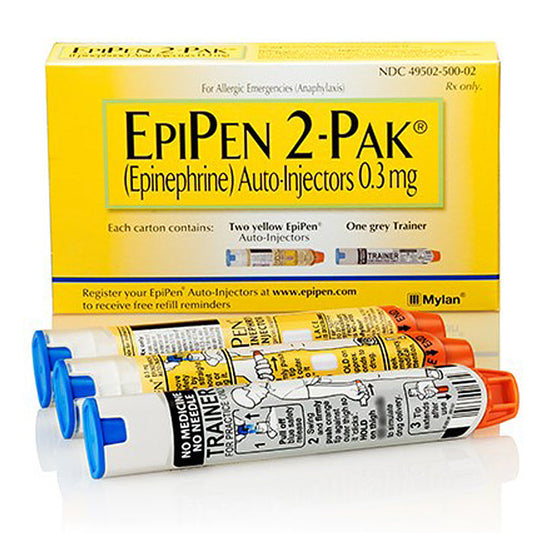
First Aid for Cramping
William BeauregardShare
Cramps are a common and often painful experience for many people. They can occur in various parts of the body, including the legs, feet, hands, and stomach. While they can be caused by a range of factors, including dehydration, overexertion, and nutrient deficiencies, there are several ways to treat cramps effectively. In this blog post, we will explore some of the most effective ways to treat cramps and prevent them from recurring.
- Stretching
Stretching is one of the most effective ways to treat cramps. When you experience a cramp, gently stretching the affected muscle can help to relieve the pain and discomfort. For leg cramps, for example, you can try sitting on the floor and stretching your legs out in front of you, then gently pulling your toes towards your body.
- Hydration
Dehydration is a common cause of muscle cramps. Drinking enough water and staying hydrated can help prevent cramps from occurring. Aim to drink at least eight glasses of water per day, and more if you are physically active or live in a hot climate.
- Electrolytes
Electrolytes are minerals in the body that help to regulate muscle function. When you sweat, you lose electrolytes, which can lead to muscle cramps. To prevent this, try drinking an electrolyte-rich sports drink before and after exercise, or eat foods that are high in electrolytes, such as bananas, nuts, and leafy green vegetables.
- Massage
Massaging the affected area can help to relieve cramps by increasing blood flow to the area and relaxing the muscle. Gently massaging the affected muscle can help to ease the pain and discomfort associated with cramps.
- Heat and Ice
Heat and ice can both be effective in treating cramps, depending on the cause of the cramp. Applying heat to the affected area can help to relax the muscle and increase blood flow, while applying ice can help to reduce inflammation and numb the area.
- Medications
Over-the-counter pain relievers such as ibuprofen or acetaminophen can help to relieve pain and discomfort associated with cramps. Be sure to follow the recommended dosage instructions and check with your doctor before taking any new medication.
- Prevention
Preventing cramps from occurring in the first place is the best course of action. Make sure to stay hydrated, stretch before and after exercise, and maintain a healthy diet that includes plenty of electrolyte-rich foods. If you experience frequent or severe cramps, talk to your doctor, as this could be a sign of an underlying medical condition.
In conclusion, cramps can be a painful and uncomfortable experience, but there are several effective ways to treat and prevent them. By staying hydrated, stretching, massaging, applying heat or ice, and taking medications, you can alleviate the pain and discomfort associated with cramps. And by making lifestyle changes such as eating a healthy diet and staying physically active, you can prevent cramps from occurring in the first place.



